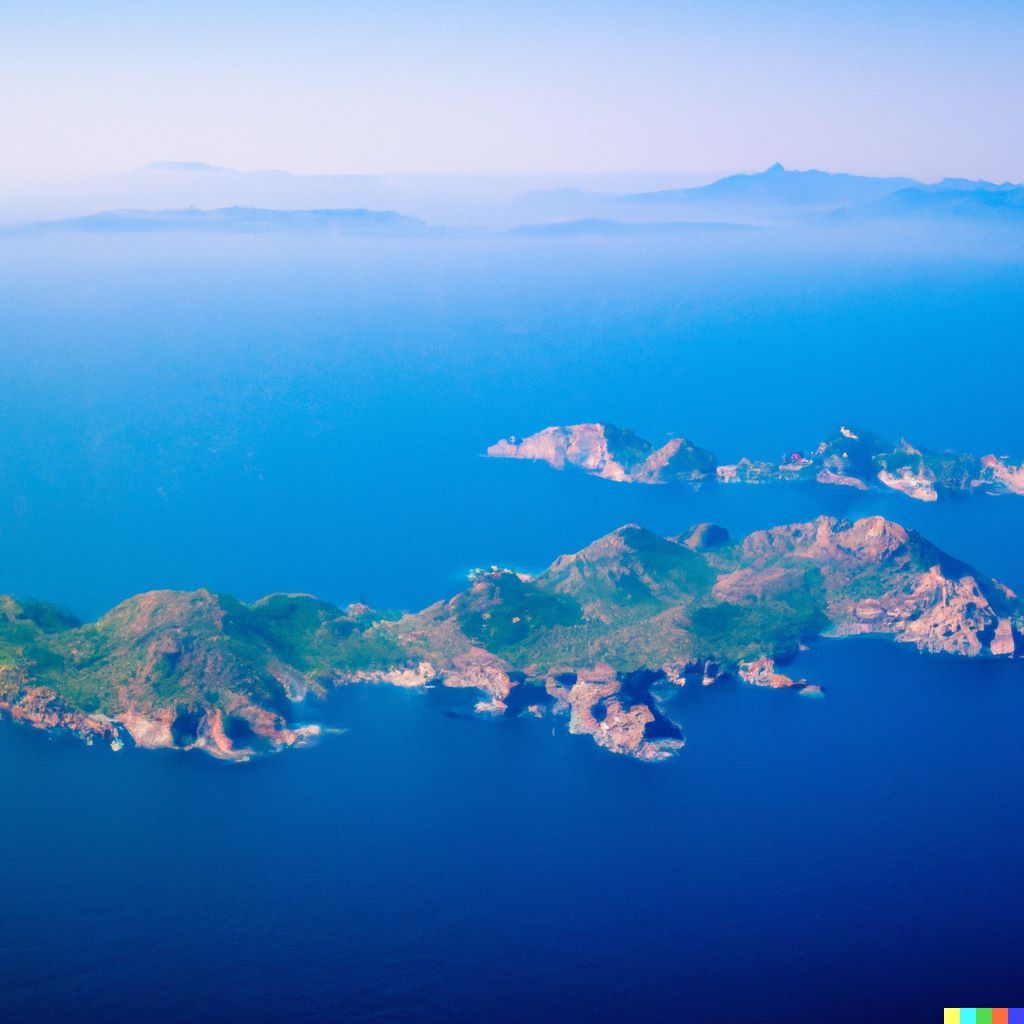Discovering the Little-Known Islands of Mexico's Pacific Coast
Unlike their counterparts in the Gulf of Mexico and the Caribbean Sea, the islands of the Mexican Pacific tend to be forgotten. Although they appear harsh at first glance, these regions are rich with potential for offbeat narratives and introspective landscapes.

The islands of the Mexican Pacific are less well-known than those in the Gulf of Mexico and the Caribbean Sea, possibly because factors like distance from major cities, the temperature of the ocean, or the nature of the beaches prevent them from becoming popular tourist destinations. Despite their rough exteriors, they are rich environments for strange tales and contemplative landscapes.
Most Mexican islands are small and unknown, while some can be seen from the mainland shores by inhabitants or tourists. Unlike now, the islands were more important in past historical times because they were inhabited by indigenous people, while others were included on maps and itineraries since the Viceroyalty was an essential navigational marker.




